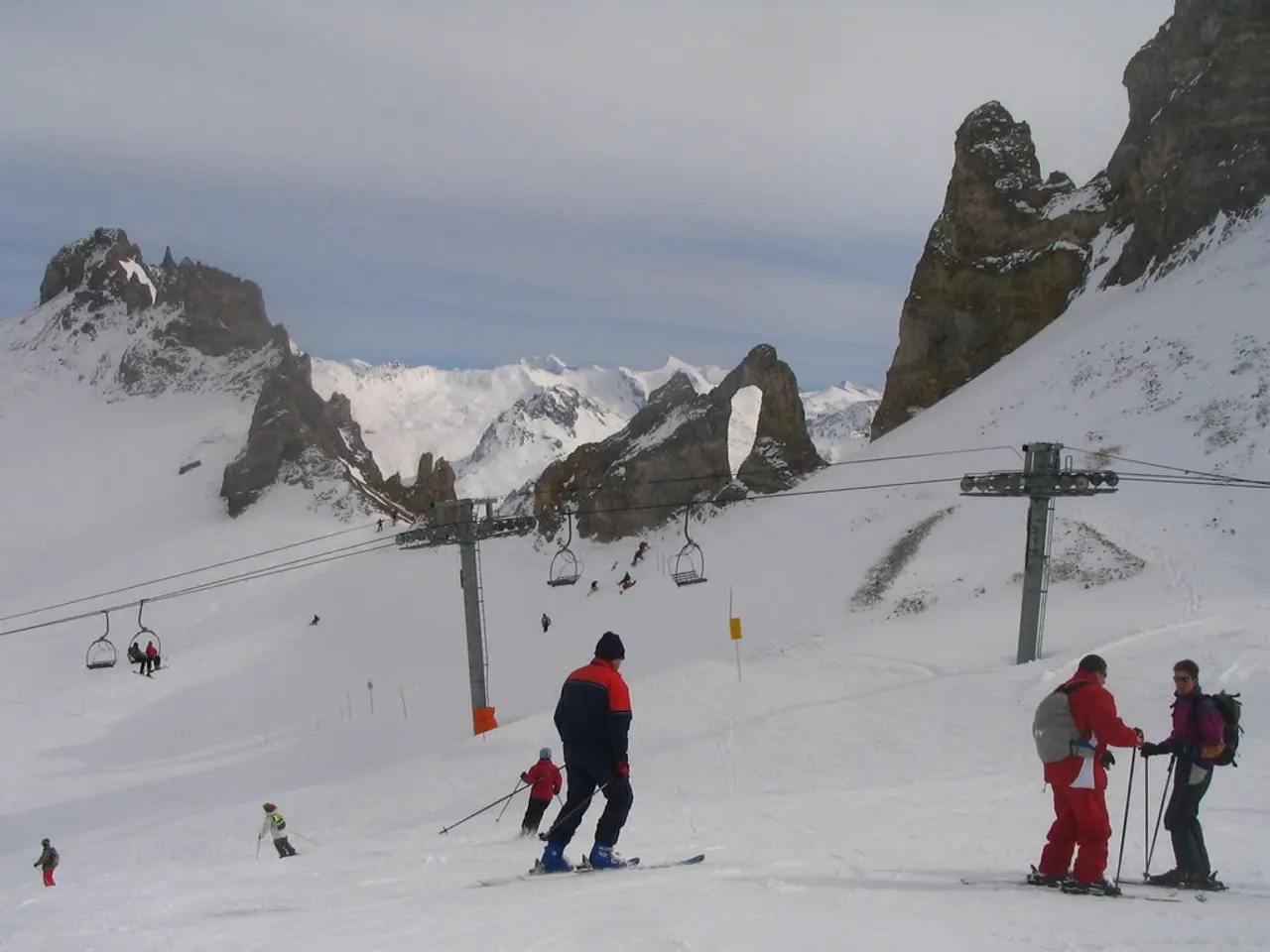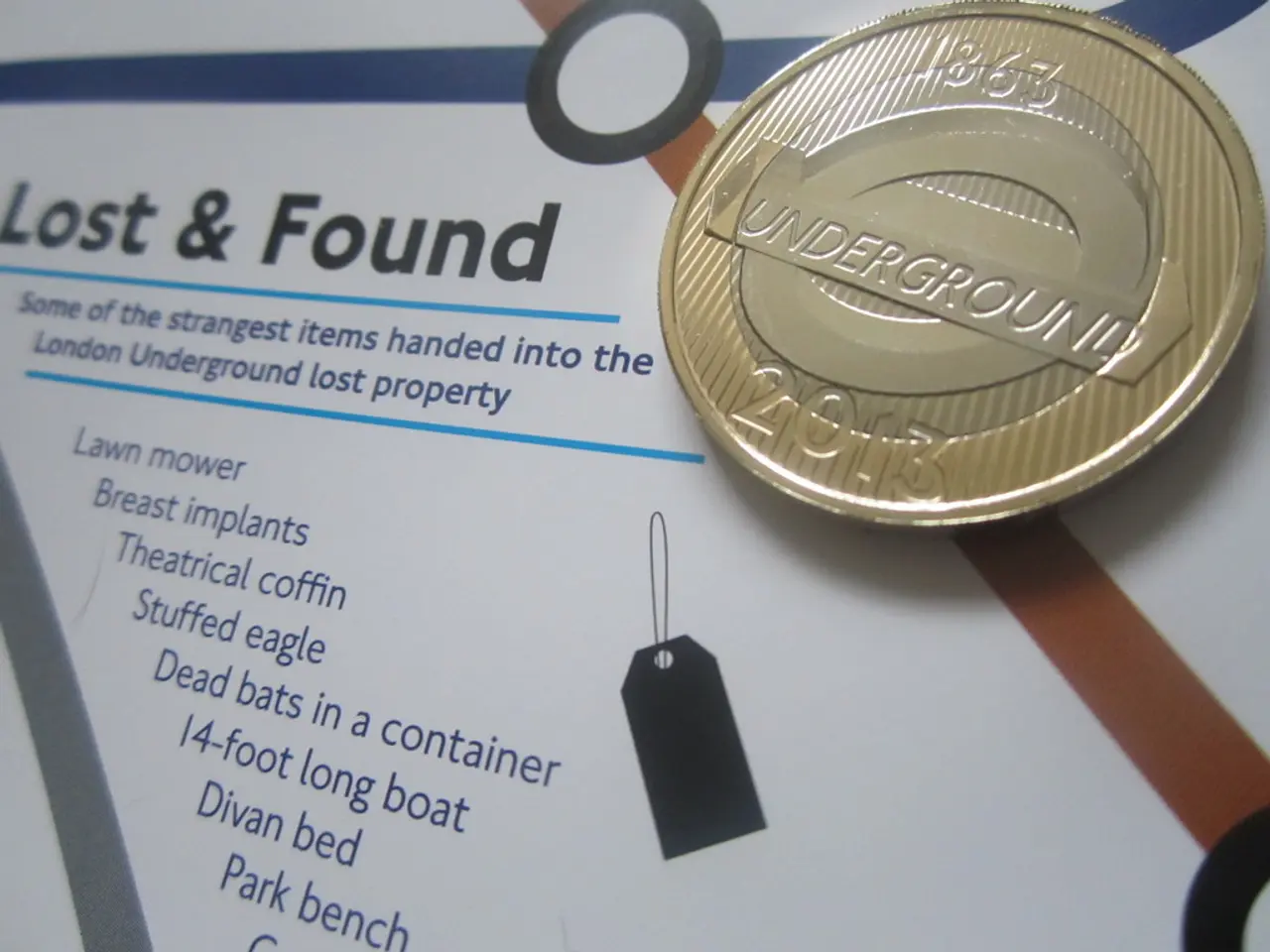Competing for the Thawing Arctic Regions
The Arctic, once a frozen wilderness, is now at the heart of a global power struggle. As climate change melts the ice caps and opens up new maritime routes, the region's rich natural resources have become a coveted prize, igniting a race among major powers.
The melting Arctic sea ice has exposed new maritime routes, such as the Northern Sea Route (NSR) along Russia’s coast, leading to a surge in commercial shipping. This has resulted in heightened competition and tension, with Russia asserting sovereignty and requiring permits, which the U.S. and NATO contest as violations of freedom of navigation. This has contributed to rising tensions, exemplified by joint Russian-Chinese naval patrols near Alaska in 2023, challenging U.S. territorial claims.
Great power rivalry dominates Arctic geopolitics. Relations between Russia and Western countries have deteriorated drastically, especially after Russia’s invasions of Ukraine in 2014 and 2022. This has led to a near suspension of multilateral forums like the Arctic Council, undermining cooperation on Arctic issues.
China, despite not being an Arctic state, has increased its involvement, leveraging its global economic power to stake interests in the Arctic's resources and shipping lanes, complicating regional dynamics further. The U.S., under its 2025 administration, continues to assert its Arctic ambitions, including interests in Greenland.
Legally, the Arctic remains a contested space with overlapping territorial claims and no comprehensive legal agreement defining exclusive economic zones, prompting states to extend their presence into disputed areas.
The Arctic is warming at approximately four times the global average, causing profound environmental shifts expected to make the region "profoundly different" by 2050. Melting ice disrupts ecosystems, affecting species populations crucial for Indigenous subsistence. For example, declining sea ice threatens seal populations, fundamental to Inuit hunting and food security.
Indigenous peoples, such as the Inuit, face growing risks to traditional lifeways from climate change and geopolitical activities. Their subsistence hunting is jeopardized by changing animal migration patterns and sea ice loss, increasing dangers and unpredictability. There is concern that rising nationalism and great power competition marginalize Indigenous voices in Arctic governance, exacerbating social vulnerabilities in these populations, which already experience high poverty and unemployment rates.
Loss of sea ice also increases exposure to storms and coastal erosion, threatening the very existence of some Indigenous settlements. The future of Arctic Indigenous communities is uncertain due to geopolitical tensions and potential economic expansion in the region, which could disrupt their traditional lifestyles and territories.
The Arctic Council aims to balance mining activities, shipping, and economic development with the legitimate interests of Indigenous communities. However, the future of this diplomacy is uncertain due to worsening geopolitical tensions. European countries have been mining these resources outside of the EU, but worsening global security and geopolitical tensions may necessitate the EU securing its own supply of these key resources.
Deep-sea mining, a highly controversial resource-extraction method, can generate large sediment plumes that can smother marine life, clog the gills of fish, and block sunlight from reaching photosynthetic organisms, affecting ecosystems far beyond the mining site. It can also release toxic substances, including heavy metals and hydrocarbons, which can enter the food chain, posing risks to marine organisms and, ultimately, to human health.
In summary, the Arctic is currently a theater of intense geopolitical competition driven by climate change-induced accessibility and resource potential. However, the rapid environmental shifts threaten both the natural ecosystem and Indigenous ways of life. The future depends on navigating these complex dynamics while prioritizing inclusive governance and sustainable management of the fragile polar environment.
- The surging commercial shipping through the newly accessible Arctic, driven by climate change, is a significant focus in the field of environmental science, as it affects both the environment and industry.
- The race for resources in the Arctic, motivated by climate change and energy needs, creates a complex intersection between finance and environmental-science, as countries strive to secure their energy supply while mitigating environmental damage.
- The Arctic's melting ice caps, a result of climate change, expose oil-and-gas reserves and shipping lanes, intensifying geopolitical competition and complicating the regulatory landscapes, as no comprehensive legal agreement defines exclusive economic zones.




